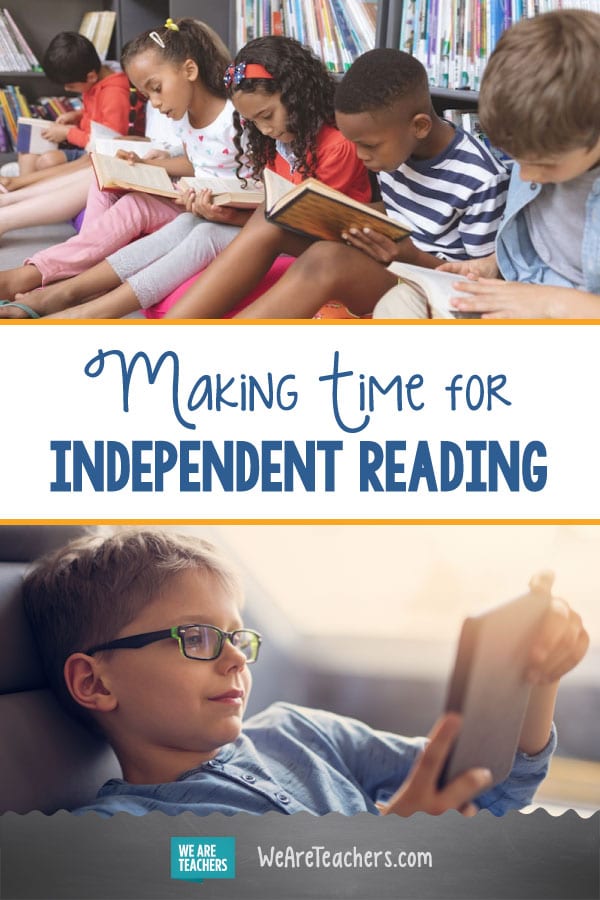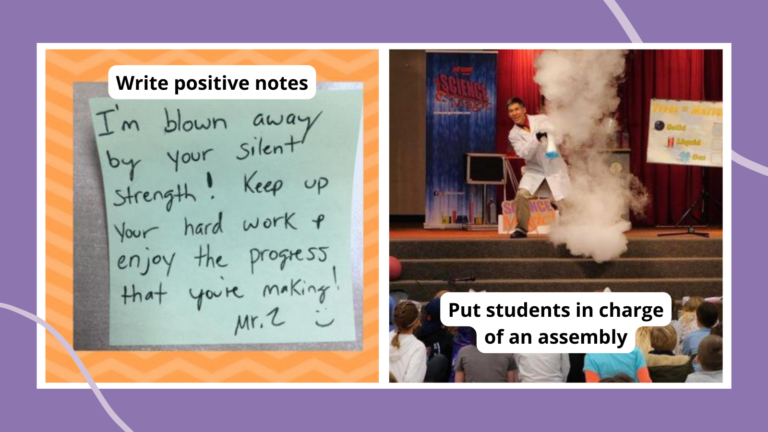It probably comes as no surprise that teachers want more emphasis placed on independent reading. According to the International Literacy Association’s 2020 What’s Hot in Literacy Report, 70% of educators say there isn’t enough time set aside for this task. If we all believe in the importance of independent reading, why are we failing to make it a priority?
The benefits of independent reading are clear
Independent reading is associated with higher reading achievement . When students read something that interests them, it boosts their engagement. Increased free reading improves fluency, comprehension, and vocabulary. As students become more proficient readers, they want to read even more. With wide reading comes background knowledge that will help them across varying content areas and in future reading. Essentially, free choice reading creates a cycle of better and more advanced reading.
[contextly_auto_sidebar]
But the barriers are real
If self-selected reading is valuable, why isn’t it on the schedule daily? Respondents to the survey overwhelmingly answered that there just isn’t enough time, given other curriculum goals. Others felt that their administration and/or teachers didn’t value independent reading. The absence of an independent reading component in the literacy curriculum and a lack of books for the classrooms were also concerns.
Who has the time?
According to ILA’s report, 82% of teachers said students should read independently for at least 20 minutes a day. However, only 33% were actually able to block off that amount of time, with 4% reporting no time for free choice reading at all. This, despite the fact that 40% of respondents said that making time for student-selected independent reading during the school day was the best way to help students become strong readers.
What can teachers do?
Systemic change is necessary, however, there are ways to reclaim independent reading time even if free reading is not currently part of your school culture or curriculum. Here are some ideas:
- Make it part of your morning routine. Skip the entry task and have students read at their desks after they’ve checked in and put their backpacks away.
- Nix the “early finishers” work. Build into your classroom expectations that students read a book of their choice when they finish their work.
- Use guided reading time. When you are working with a small group, allow the rest of the class to read on their own.
- Streamline your transitions. The act of moving from one classroom or activity to another eats up a lot of time. If you tighten transitions, you’ll have more minutes to allocate to independent reading.
- Use choice books to teach skills. You don’t have to use an anthology to teach theme or setting. Any fiction book will do.
How do you find time for independent reading? Come share in our WeAreTeachers HELPLINE group on Facebook. Plus, check out our article on passion projects for independent reading.


